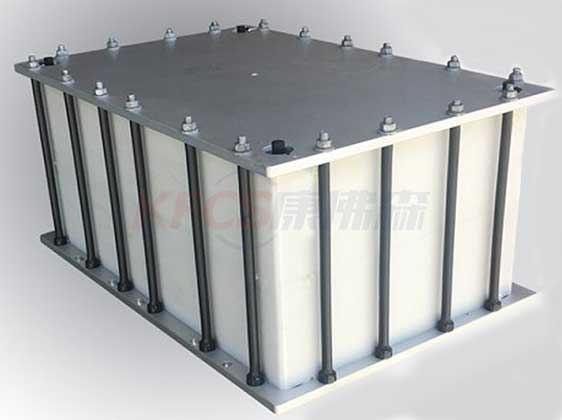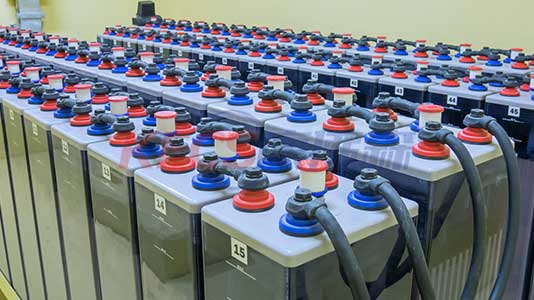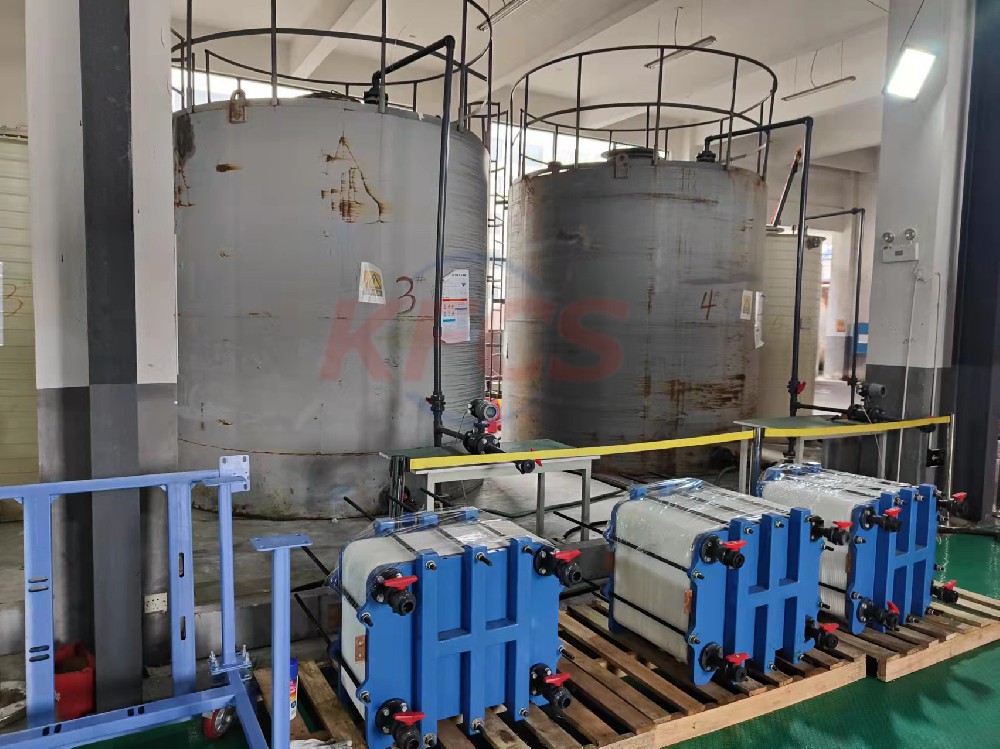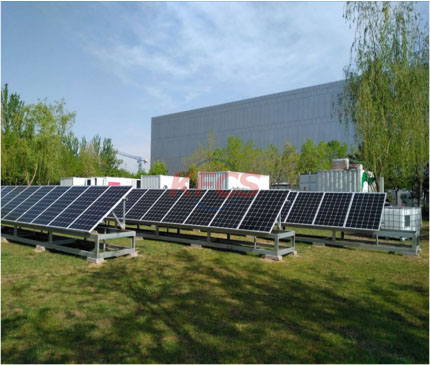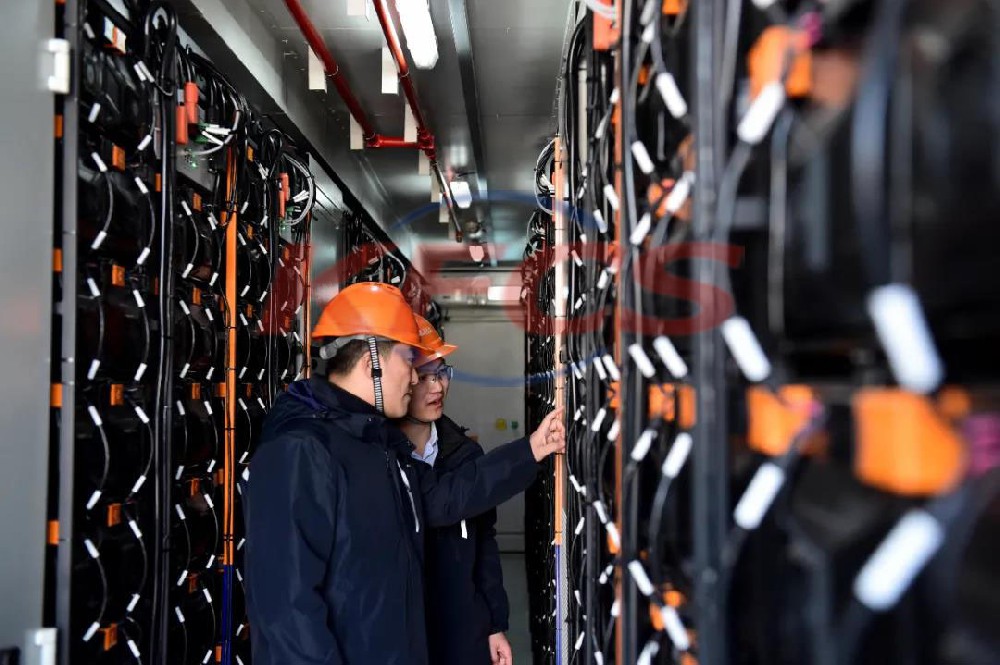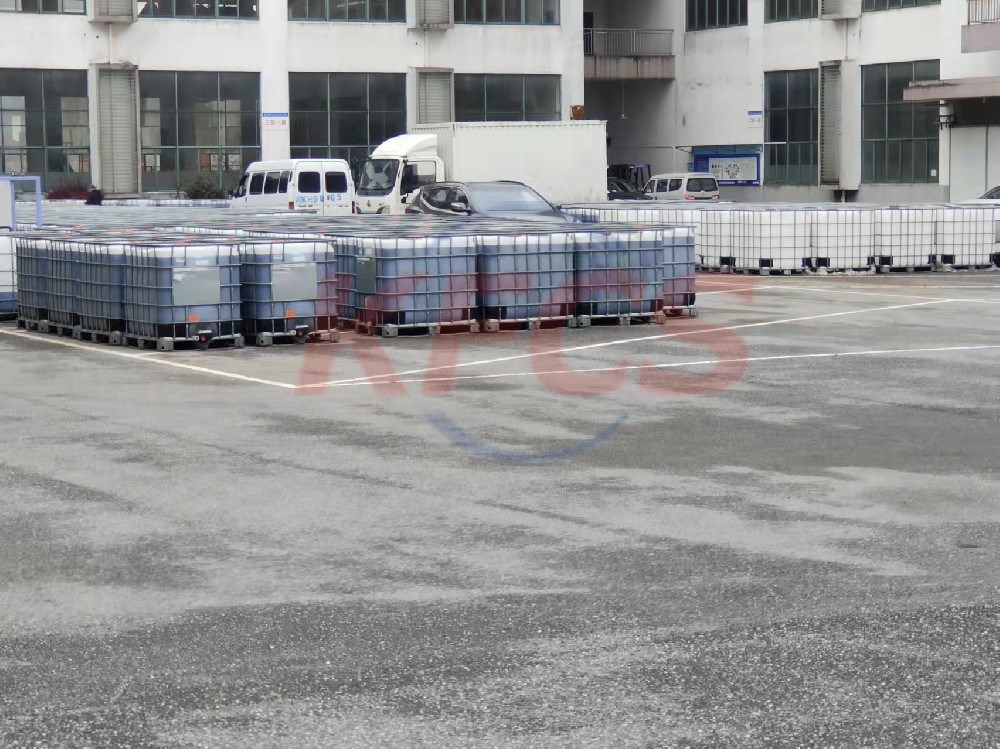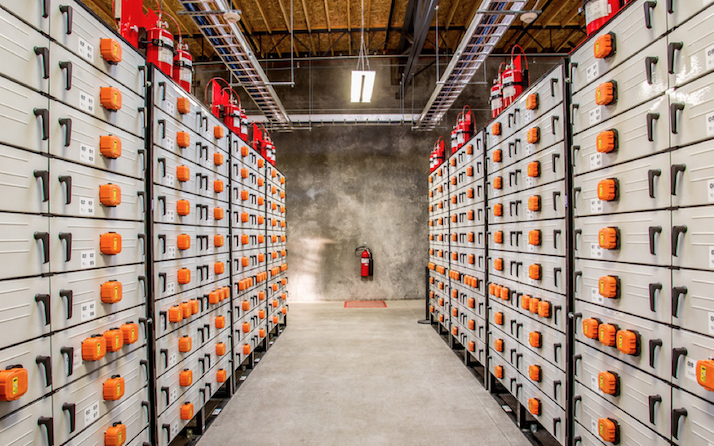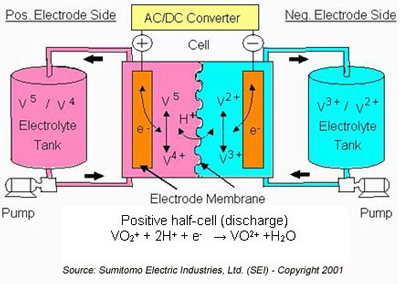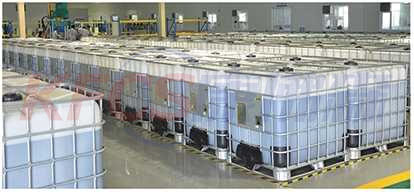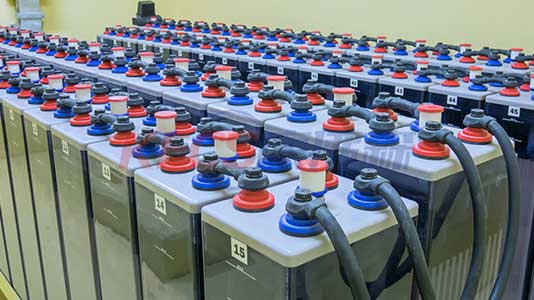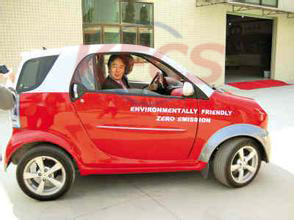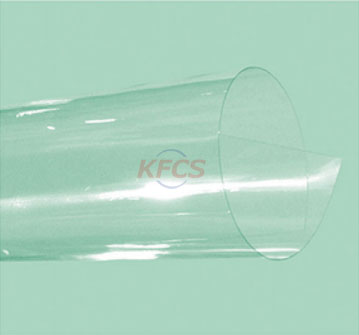Analysis of the future development of all-vanadium redox flow batteries
The full name of vanadium battery is all-vanadium redox flow battery, and it can also be called all-vanadium redox flow battery. Its attribute is a battery, which can store and release electrical energy through the mutual conversion of vanadium ions of different valence states. To put it bluntly, it is a battery using vanadium electrolyte. Let the vanadium battery manufacturers interpret the future development of all-vanadium redox flow batteries from five aspects.
1. Rich reserves
98% of the world's known vanadium reserves are produced in vanadium-titanium magnetite, which is very rich in mineral resources. The world's proven vanadium resources can be exploited for 150 years. The global reserves of vanadium resources are 20 million tons, and the regional distribution is concentrated in China, Russia, South Africa and Australia. Among them, China and Russia are the top two, accounting for 47% and 26% respectively. For our country, there is no need to worry about the risk of getting stuck in the neck.
2. Low cost
Due to its abundant reserves, simple production process, no need for precious metals as electrode catalysts, and low cost, it is close to lead-acid batteries. However, the charge-discharge energy conversion efficiency of vanadium batteries is as high as 75%, which is much higher than 45% of lead-acid batteries. Specifically, the vanadium battery energy storage system is composed of stacks, electrolytes, pipeline systems, energy storage converters, etc. The costs of stacks and electrolytes account for about 85% of the total system cost, and reducing the cost of both is an industry-wide effort. consensus. To solve the cost of the stack, the key is to increase the power density of the battery, followed by increasing the effective use area of key materials and reducing material costs.
3. The application scenarios are concentrated in large-scale energy storage power stations
The most direct feature of the all-vanadium redox flow battery is that the battery is composed of two solution tanks and an exchange membrane. Electrolytes of two kinds of vanadium ions of tetravalent and trivalent are used in the battery, which are stored in these two solution tanks respectively. Therefore, the capacity of the all-vanadium redox flow battery can be increased with the increase of the liquid storage tank, and it can be used for energy storage power stations of 100 megawatts, especially in new energy fields such as photovoltaics and wind power. Its competitors are large-scale energy storage technologies such as hydroelectric storage and compressed air storage. From this point of view, don’t mistake this kind of battery as a substitute for lithium battery. As a small and easy-to-carry mobile power source, the gap between supply and demand is still very tight. The technological development and application of vanadium batteries at this stage have no impact on lithium batteries.
4. High safety and low energy density
The all-vanadium redox flow battery is not dangerous even if the positive and negative electrolytes are mixed, but the electrolyte temperature rises slightly. Compared with lithium batteries, it is indeed safer and has a longer life (it is generally believed that lithium batteries can be used for about 8 to 10 years, while flow batteries can last up to 25 years). However, the power output strength of the all-vanadium redox flow battery depends on the area of the exchange membrane, and the capacity of the battery depends on the volume of the solution tank. The energy density of vanadium battery is very low, only 1/3~1/2 of lithium battery or sodium battery, which makes the battery heavy and huge, so it is not suitable for use in electric vehicles, and can only be used as a static energy storage device.
5. Environmental protection in line with carbon neutrality policy
The manufacture, use and disposal of vanadium batteries do not produce harmful substances, so their green environmental protection background is very consistent with the current carbon neutrality requirements. The vigorous application of vanadium redox flow batteries will benefit companies in all links of the industry chain. At present, the proportion of vanadium batteries in the installed capacity of electrochemical energy storage is relatively low, whether in the world or in China, the proportion is less than 1%. Since all-vanadium redox flow batteries are suitable for the energy storage field, with the great development of energy storage in the future, the penetration rate of vanadium batteries is expected to increase rapidly. In addition, due to the burst of demand in the application field in the future, it may also lead to a decrease in the cost of all-vanadium redox flow batteries, just like the impact of new energy vehicles on lithium batteries.

